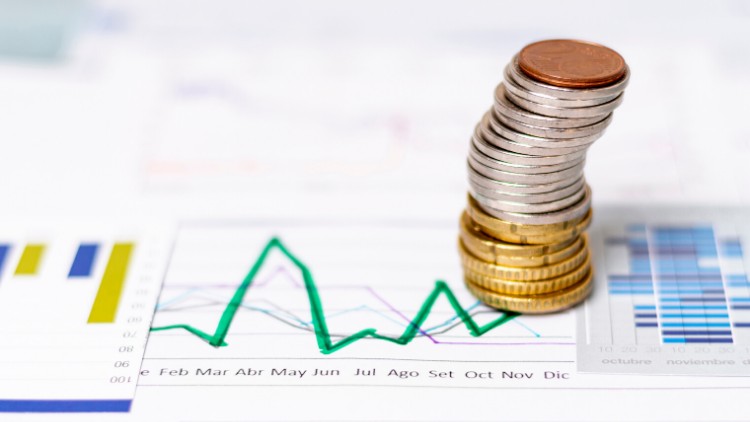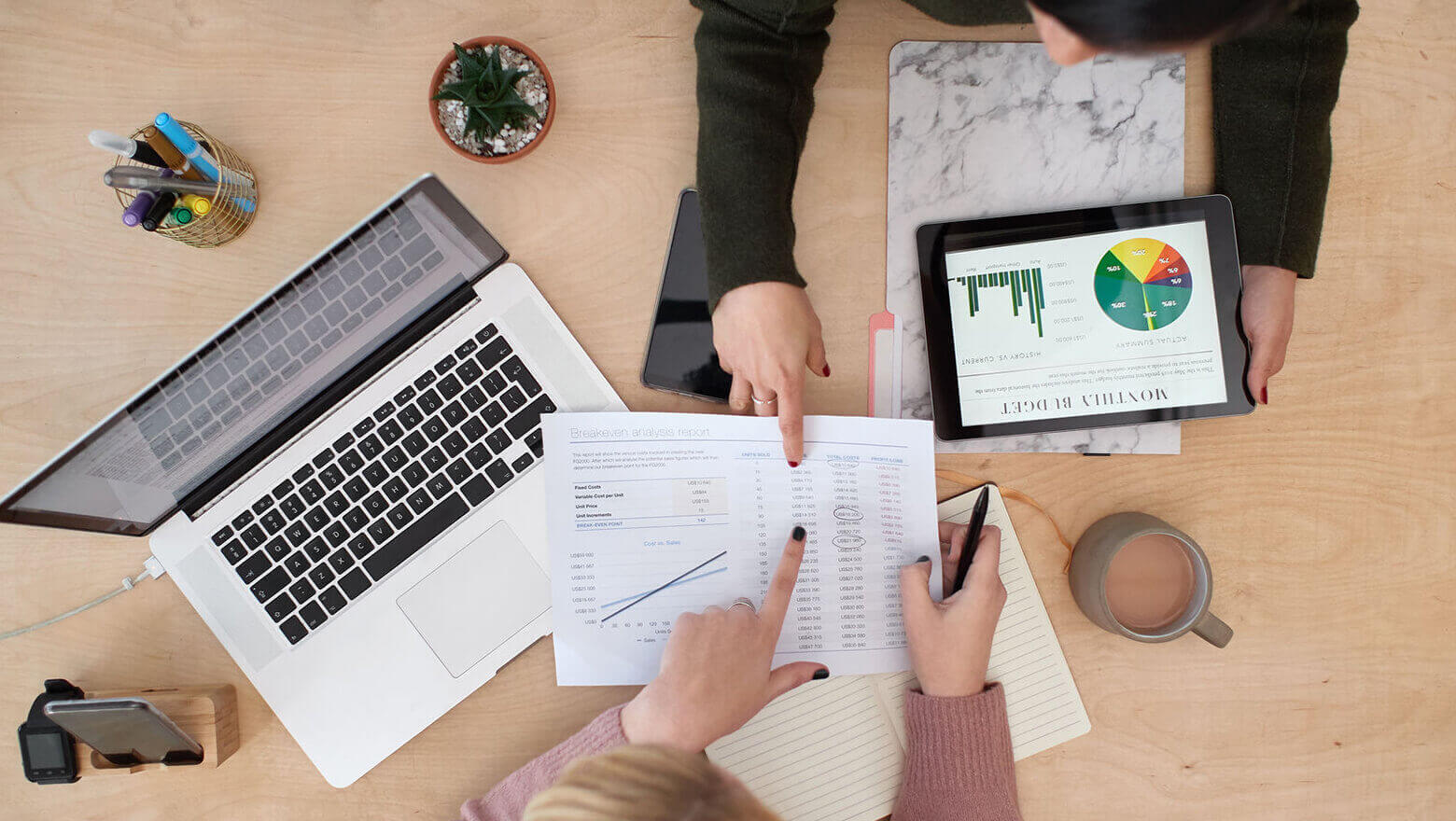There are many terms used in the forex market. Some of them may confuse you if you are new investors. Check out some of the lists for the most commonly used that you should know.
- Currency pair
This is the quotation of one currency against the unit of another one in the forex market. Some examples of currency pairs are EUR/USD, and USD/JPY. The commonly traded currencies pairs are known as the majors, and they include the Euros, the Japanese yen, US dollar, Swiss franc, Canadian dollar, and the Australian dollar.
- Cross rate
This is the currency rate between two trading currencies, of which both of them are not the national currencies of the countries they are quoted at. The term is also used to refer to the currency rates which are not quoted in US dollars. For instance, an exchange between Japanese yen and the British pound quote in the American newspaper would be termed as a cross rate in the paper’s content.
- Base currency
This is the currency which keeps the investor’s accounts, and which the other currencies are quoted against. The US dollar is also referred to as the base in the forex market, meaning that most of the currencies are expressed as a unit of the dollar. The base currency can also be the fits currency in the currency trading pair.
- Slippage
In forex trading, you will notice slight differences between the execution price and the expected price. This is what is known as slippage. It frequently happens to the active traders and can have both negative and positive impacts. Execution speeds and market volatility cause forex market slippage.
- Leverage
In forex, leverage means gearing your forex trading account Australia into a greater position other than your cumulative trading margin. In other words, it means getting an extra amount of capital so that you can manage your account more efficiently. Leverage is designed to boost the traders’ profits although it can sometimes work against you.
- Margins
A margin is a minimum deposit or collateral. It is the deposit required to either maintain or open a position. The margin can either be used or free. The free margin is the available amount for the new positions while the used margin is the amount used for maintaining the open positions.
- Margin call
This is when the forex trader gets exceed amounts from their trusted online broker so that they can add them to their investments. Many traders don’t wish to come across the term since it means borrowing. After the margin call, the trader pays back the broker using their personal funds or a combination of their borrower’s funds and their own.
- Bid and ask price
The bid price is the specific price which your broker is willing to buy a currency pair from you. The forex trader can sell their base currencies to the broker at the bid price. On the contrary, the asking price is the price that your broker is willing to sell a certain currency to you. This means that you can get a currency from your broker tar the asking price.
- Bearish and bullish market
The term bearish means the trends which favor a declining market. For example, a bearish USD, GDP means that the USD will be weaker than the Great British Pound. The term bearish referees to the trends which favor a rising market. For instance, a bullish USD/GDP means that the price of the US dollar will be stronger than the Great British Pound.
- Economic indicator
This is a statistic used to measure the economic stability and growth, such the GDP, industrial production, trade deficits, and employment rates. The fundamental announcements which include the employment rates and the jobs report are used to release crucial information needed to release important data for the forex traders.
Don’t invest your hard earned investments before you understand the lingo. Familiarize yourself with these terms so that you can have an easy time trading in forex.








